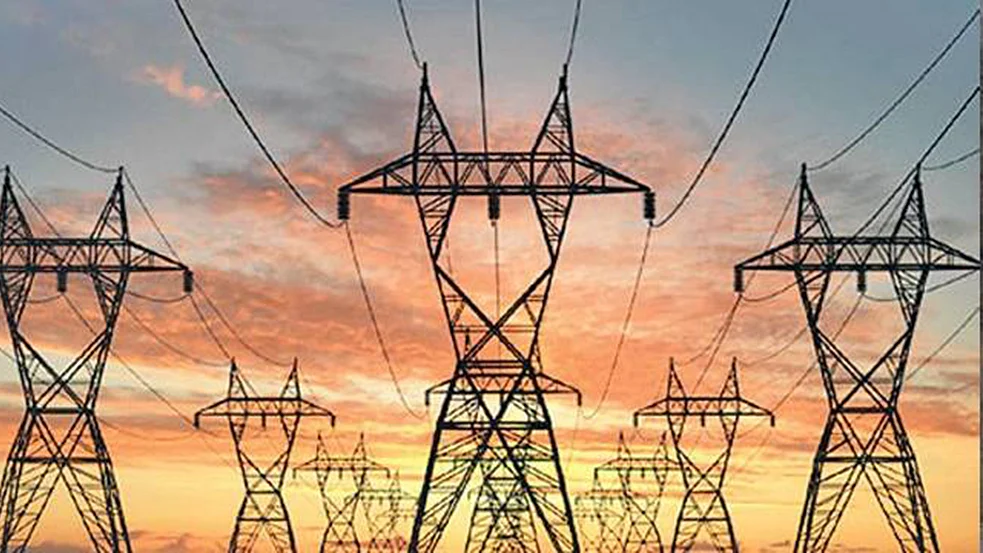UN lauds India’s example in providing universal power connections
However, India still remains among the 20 worst countries in the world when it comes to meeting the energy needs of its people. The other non-LDC countries in the list include North Korea and Nigeria

A new United Nations report has cited India’s example in providing electrification to the masses, as it highlighted that world’s 47 least developed countries (LDCs) had been falling behind the developing nations in terms of getting power to homes and businesses.
Mini-grids could be employed extensively across the energy-deficient LDCs to meet the needs of the local population, the Least Developed Countries Report 2017, says. Released on Wednesday in Geneva, the report has been put together by the United Nations Conference on Trade and Development (UNCTAD).
“With appropriate planning (including consistent technical standards and protocols for grid interconnection), mini-grids can be integrated into larger networks, as has been done in China and India,” it notes.
According to India’s Ministry of New and Renewable Energy, a mini-grid is an off-grid power system with a power generation capacity between 10 KW and 500 KW.
The UNCTAD report noted that 62 per cent of the population in LDCs had no access to electricity, compared to 10 per cent across other developing countries.
“Today, the majority of people worldwide who lack access to electricity live in LDCs — a proportion that has grown steadily from less than one third in 1990,” according to the report.
“While they (LDCs) have made great strides in recent years, achieving the global goal of universal access to energy by 2030 will require a 350 per cent increase in their annual rate of electrification,” it says.
The number of people without an electricity connection in LDCs increased from 521 million in 2000 to 578 million in 2014, according to the report.
On the upside, the UN study also highlighted that energy access of people in LDCs had more than tripled since 1991, from 12 per cent to 38 per cent in 2014. Overall, 300 million more residents in LDCs had an electricity connection in 2014, when stacked up against corresponding numbers in 1991.
The United Nations Economic and Social Council (ECOSOC) has set three benchmarks to gauge whether a nation is an LDC - a per capita income of $1,035 or less, human assets criterion and the economic vulnerability of the population. Countries having population of more than 75 million are excluded from being qualified as LDCs.
In India’s neighbourhood, Nepal and Afghanistan have been grouped under LDCs.
India has been categorised as Other Developing Country (ODC) in the report. On average, 10 per cent of citizens of ODCs lacked access to electricity. At 60 per cent, the corresponding number remained significant higher for people in ODCs.
While the UN report lauds India’s role in pulling out millions of its citizens from the clutches of energy poverty, it nevertheless observes that the South Asian country was still among the 20 worst countries in terms of universal electrification.
“Of the 20 countries with the largest absolute numbers of people without access to electricity in 2014, 16 were LDCs (the others being India, Nigeria, Kenya and Democratic People’s Republic of Korea),” it highlights.
“The productive use of energy is what turns access into economic development, and what ensures that investments in electricity infrastructure are economically viable. But that means looking beyond satisfying households basic needs to achieving transformational energy access – satisfying producers' needs for adequate, reliable and affordable energy,” UNCTAD Secretary-General Mukhisa Kituyi said ahead of the launch of the report on Wednesday.
Ensuring access to energy for all is one of the goals in UN’s 2030 Agenda for Sustainable Development.
Follow us on: Facebook, Twitter, Google News, Instagram
Join our official telegram channel (@nationalherald) and stay updated with the latest headlines
